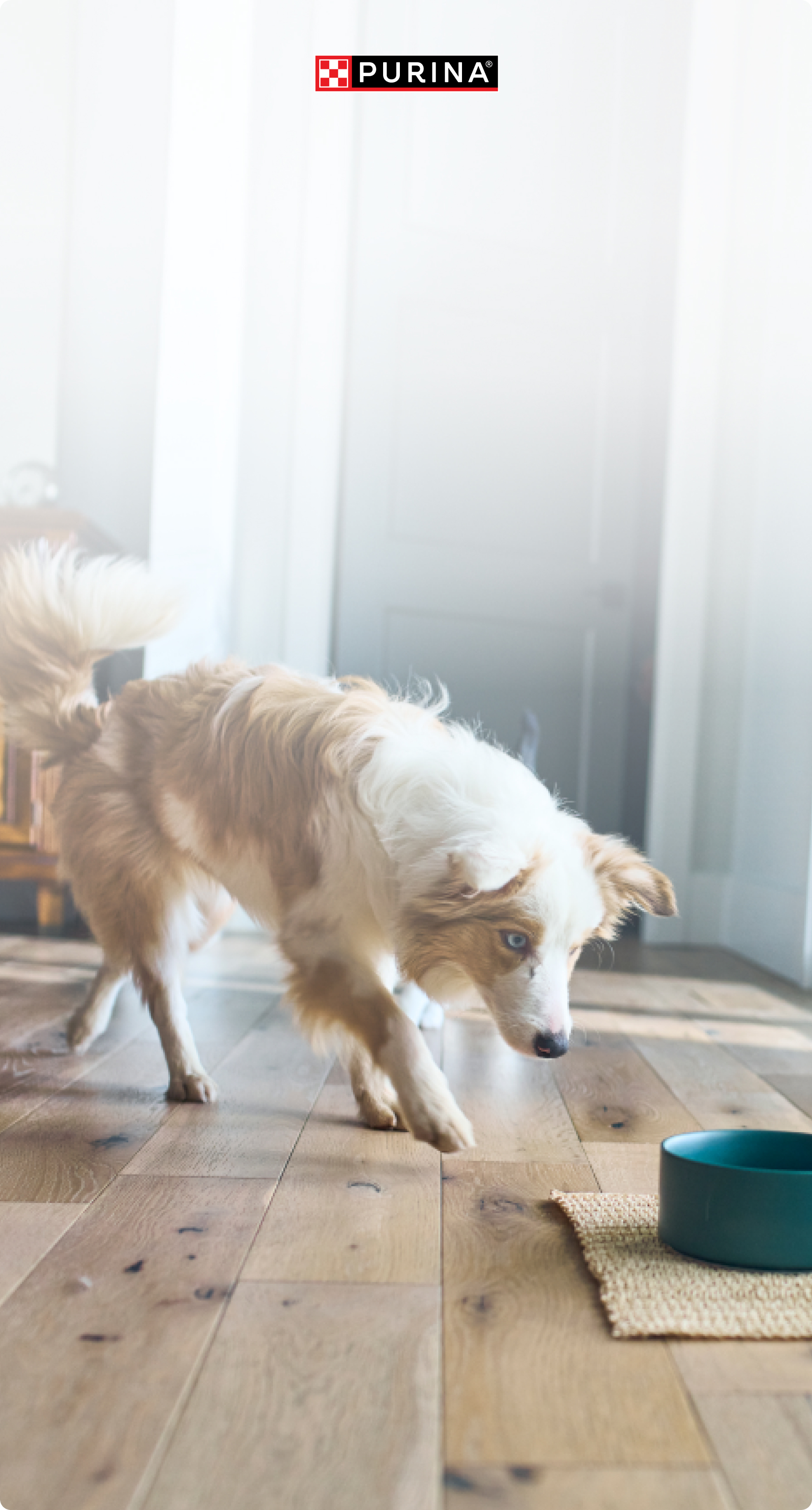Vizsla

- Size:Medium
- Height:Males – 22 to 24 inches at the shouldersFemales – 21 to 23 inches at the withers
- Weight:Males – 55 to 60 pounds Females – 44 to 55 pounds
- Coat:Short
- Color:Golden rust in varying shades with lighter shadings over the sides of the neck and shoulders
- Energy:High
- Activities:Agility, Obedience, Field Trials, Rally Obedience
A versatile hunter from Hungary, the lively and affectionate Vizsla thrives with an active family.
Temperament
Vizslas excel as hunting companions, in part due to their ability to form a strong bond with their humans. Because of this, they hate to be left alone. Beneath their gentle-mannered, sensitive demeanor beats the heart of a fearless protector, devoted and ready to fill the role of watchdog.
These athletic, talented dogs excel at many activities and sports. In fact, they need both physical and mental exercise daily.
Owners should be prepared to invest at least 30 minutes in active exercise, plus training. Vizslas are trotters who move with grace and stamina, which makes them terrific companions for runners or joggers. However, young dogs shouldn’t run long distances until they mature at 18 to 24 months.
Characteristics
Vizslas are a sporting breed with a short, easy-care coat and a slender, athletic build. Their intelligent faces are accentuated by soulful eyes.
Lifespan
12 to 14 years
Colors
According to the American Kennel Club (AKC), the color of the Vizsla is golden rust, in varying shades. The color of the eyes, eye-rims, lips, nose, toenails and pads of the feet should blend with the color of the coat.
Shedding
Vizslas do shed seasonally, but their short, sleek coat has no undercoat. They need only occasional brushing, and a bath in lukewarm water when they get especially dirty.
Health
Overall the Vizsla is a healthy breed, although responsible breeders do check for conditions such as seasonal allergies, eye disorders, hip dysplasia, epilepsy and ear infections.
Best Dog Food for Vizsla Dogs & Puppies
Vizslas may benefit from an adult dog food for active dogs. Although this breed tends to stay active, if you are concerned about a Vizsla’s weight, consider a healthy weight formula.
Vizsla puppies should eat puppy food for their first year of life to aid in their growth and development.
History
The ancestors of the modern Vizsla were bred by the Magyar people, who left the Russian steppes in the mid-800s and rampaged the Western Europe for the next 50 years, before settling in what we now know as Hungary.
The Magyar warriors travelled on horseback, and their horses where known for their speed and agility. They also bred these qualities into their nimble, red-coated dogs.
Throughout the following centuries, breeding by Hungarian nobles and warlords created a hunting dog breed known for its swiftness and ability to rise to almost any challenge. This eager willingness and “can do” attitude made the Vizsla a favorite with many American enthusiasts.
The first Vizsla to arrive in America was smuggled out of Communist Hungary, aided by a U.S. State Department employee, in 1950. Fifty years later, a Vizsla named Chartay became the first dog in AKC history to earn championships in five different sports.
Facts
- The solid, rust-color Vizsla coat, with matching eye color, provides excellent camouflage when hunting.
- The Vizsla is also called a Hungarian Pointer.
- In the late 19th century, the Vizsla breed almost became extinct. Only about a dozen purebreds were left in the Austro-Hungarian Empire.
- Vizslas love to have jobs—and many of them do. You can find Vizslas putting their talents to work as seeing-eye dogs, sniffers for the Transportation Security Administration (TSA), and search-and-rescue dogs.
Recommended Products for Vizsla Owners

Find Your Dog’s Perfect Food
Make mealtime magic with custom food recommendations. Just for your pet.


